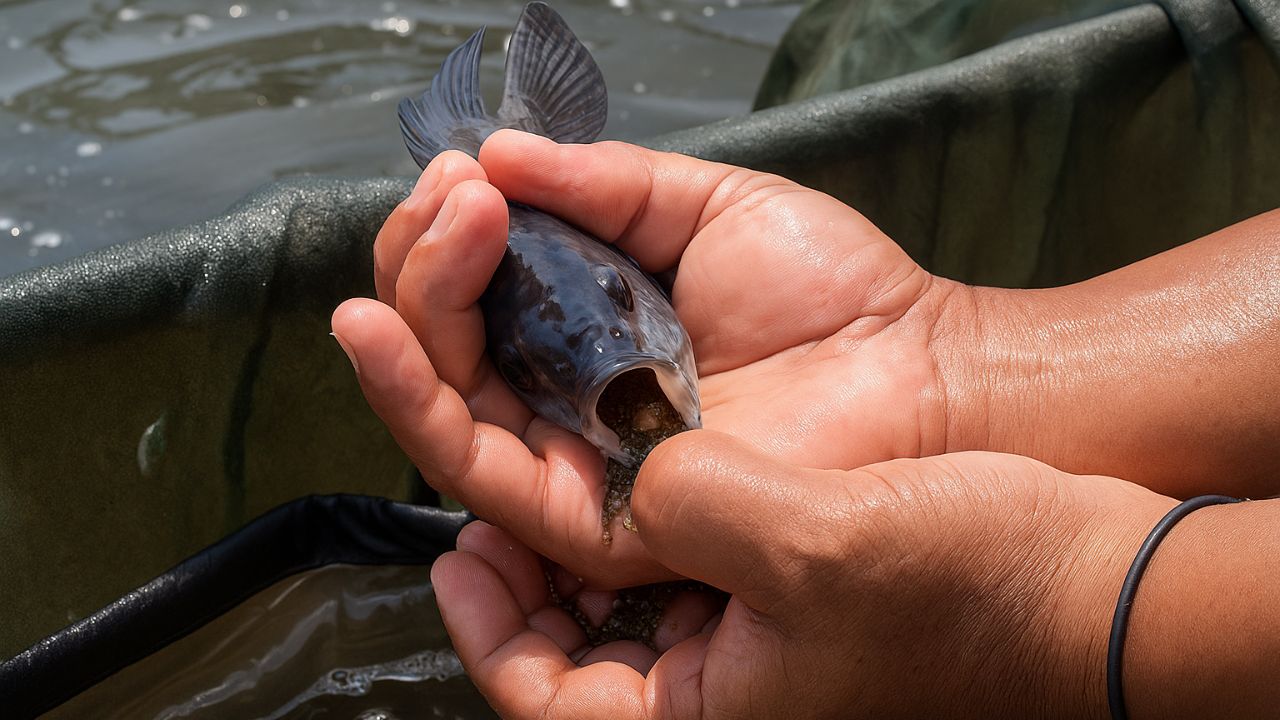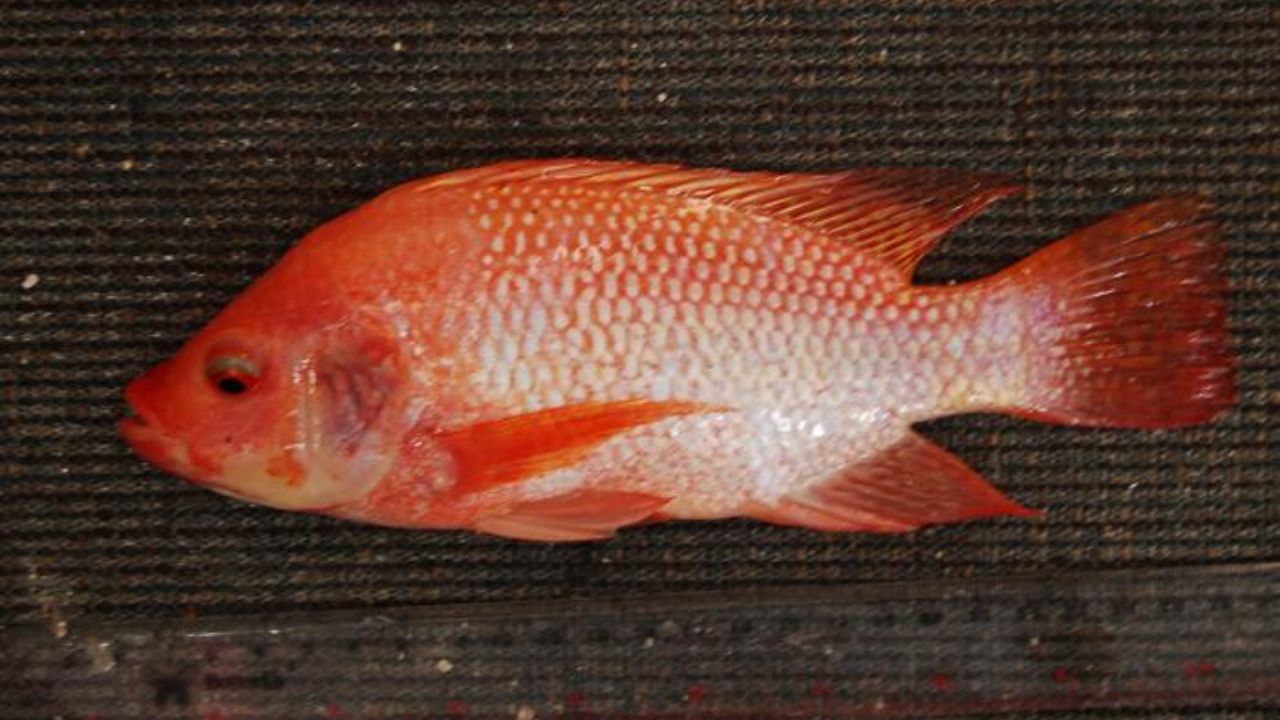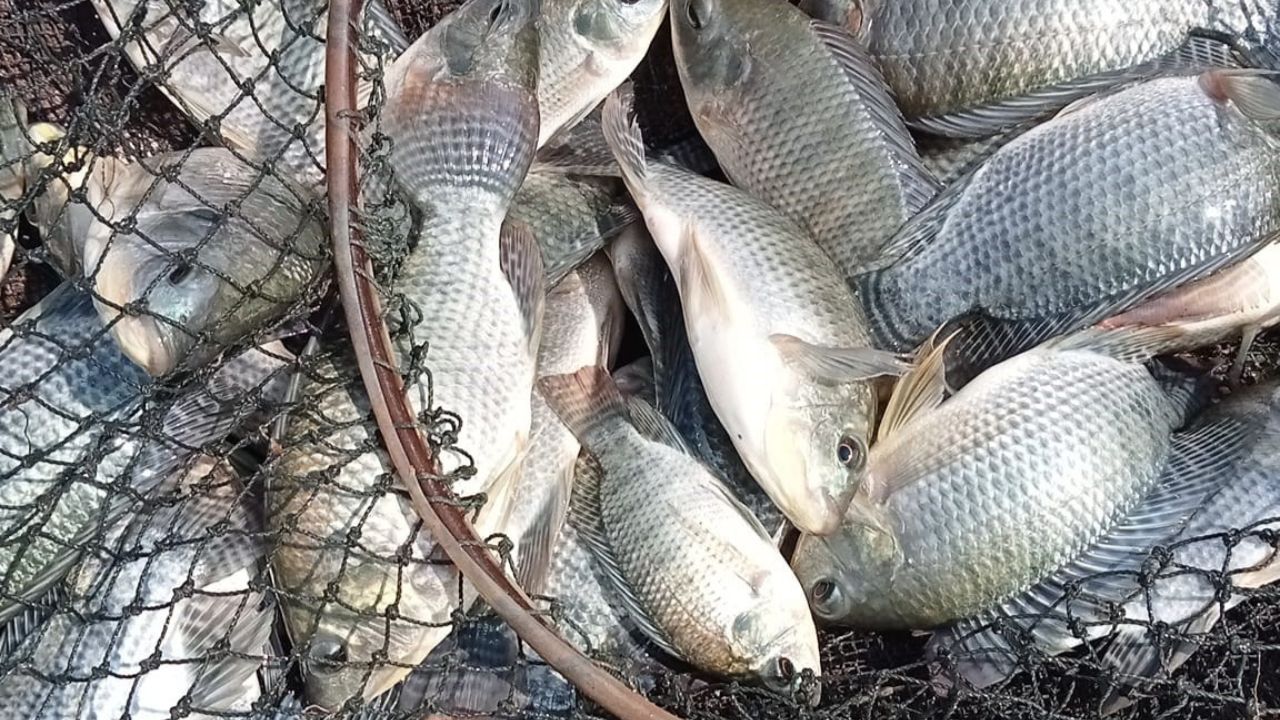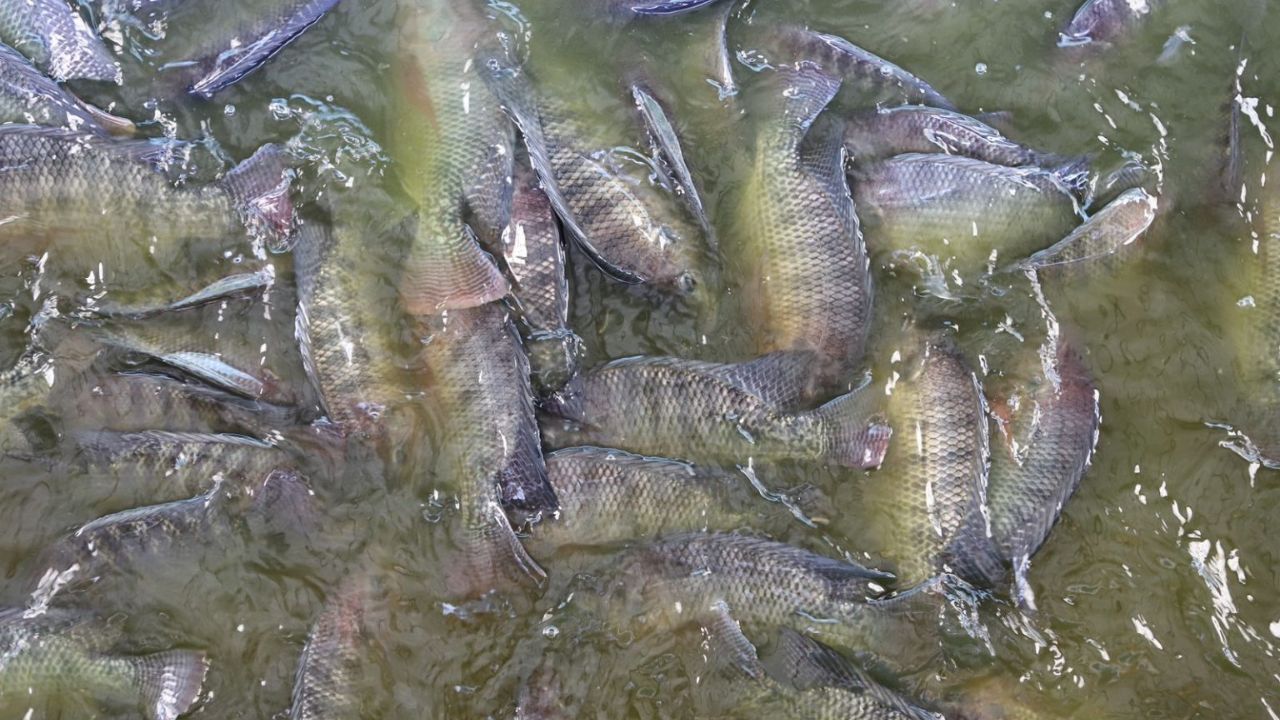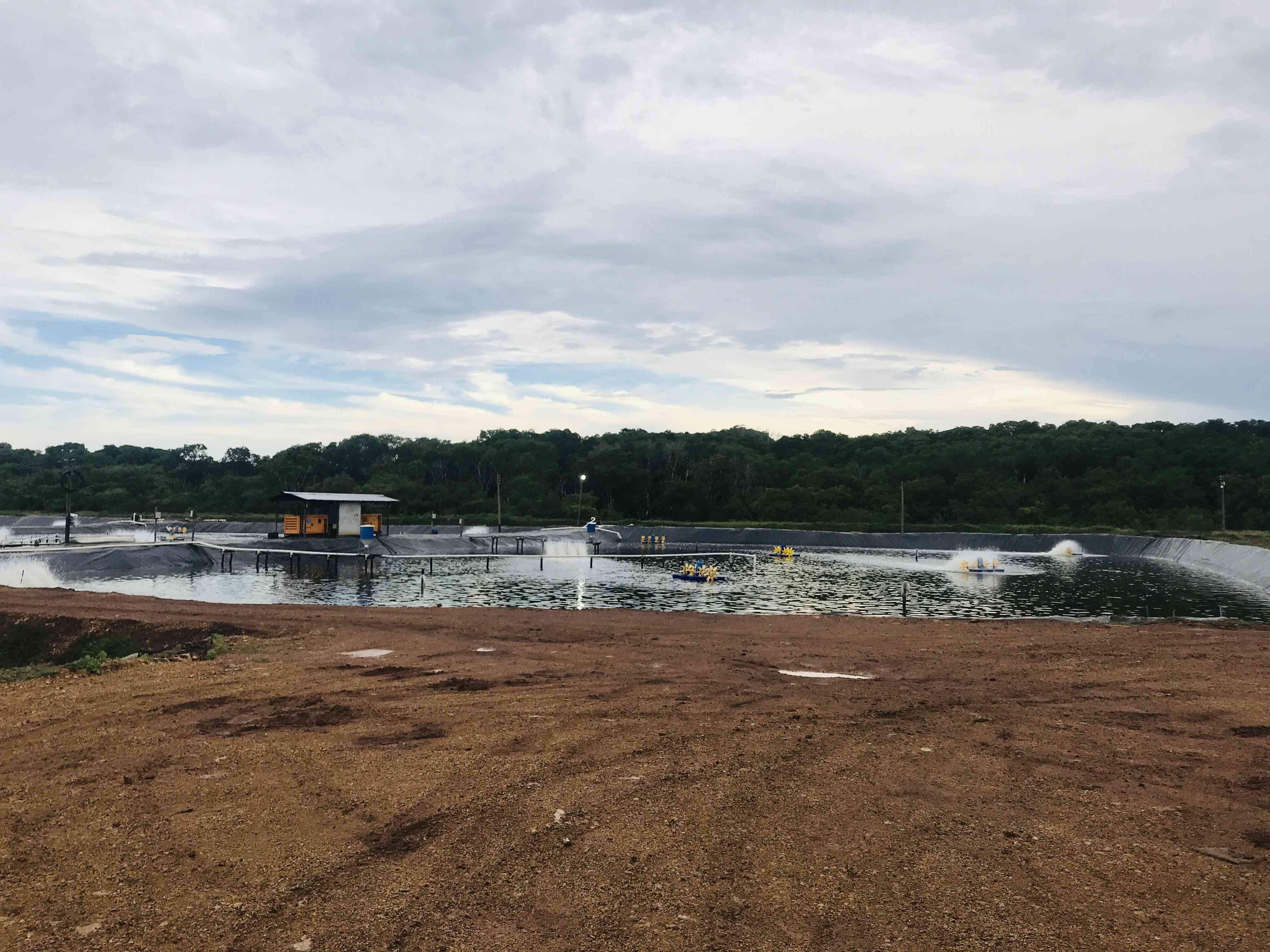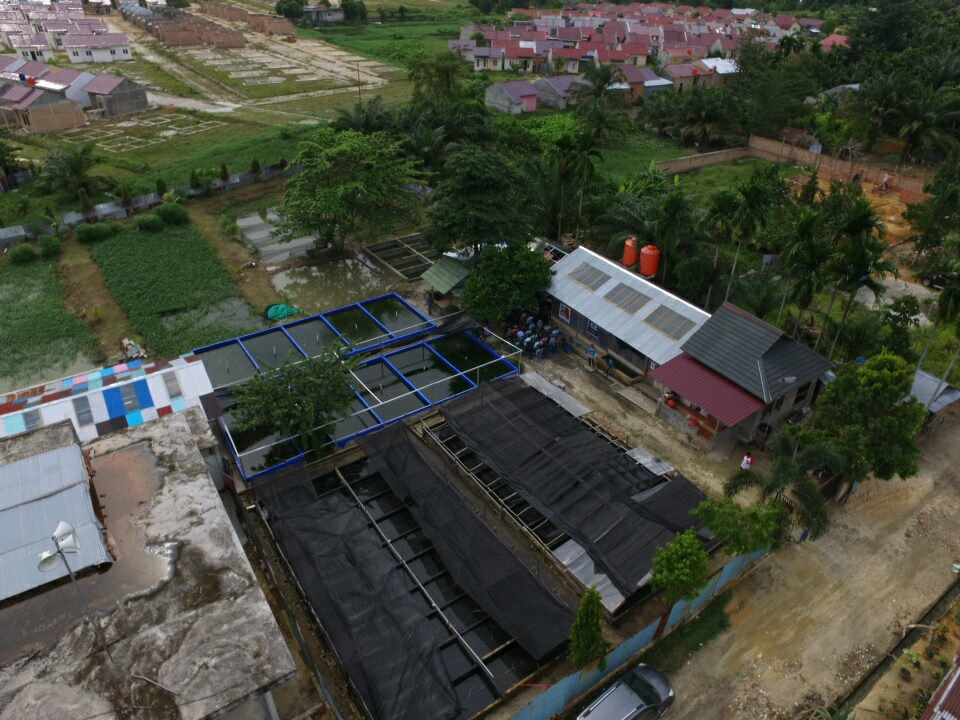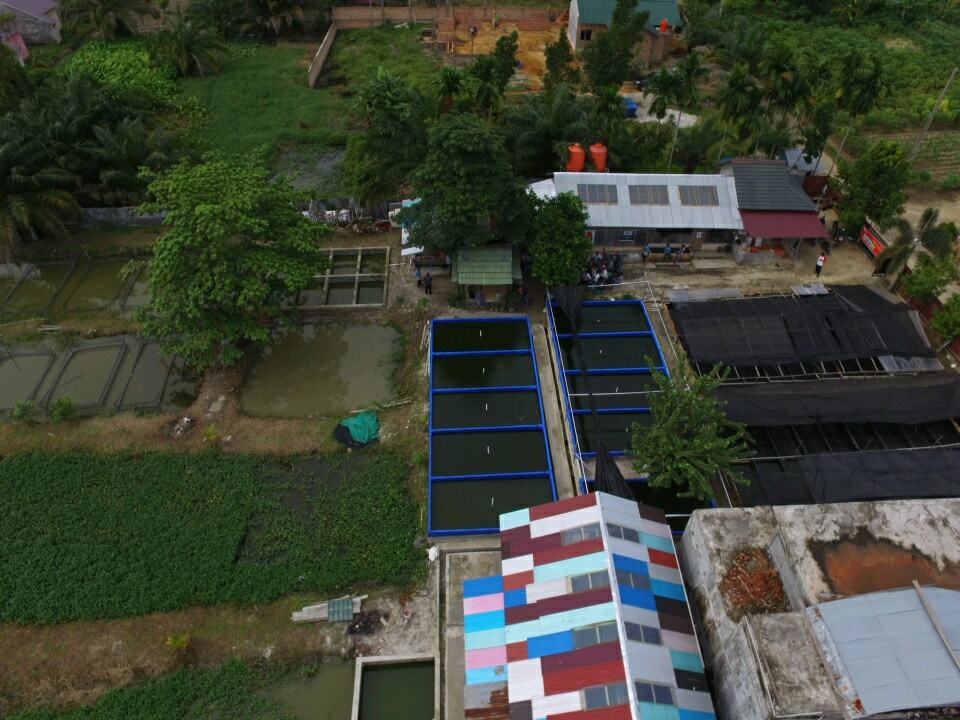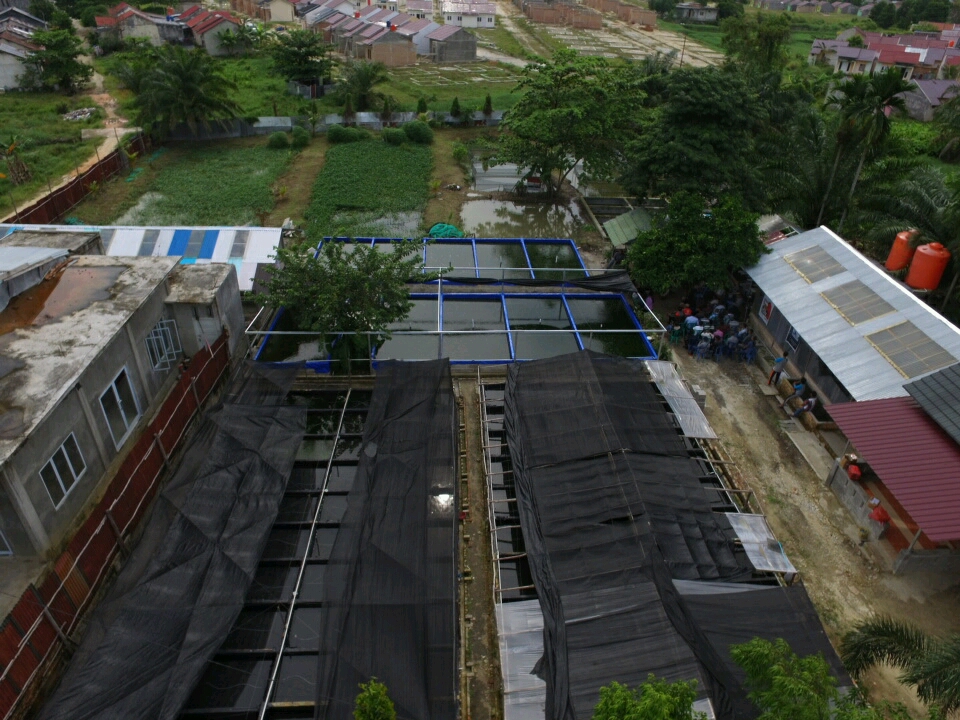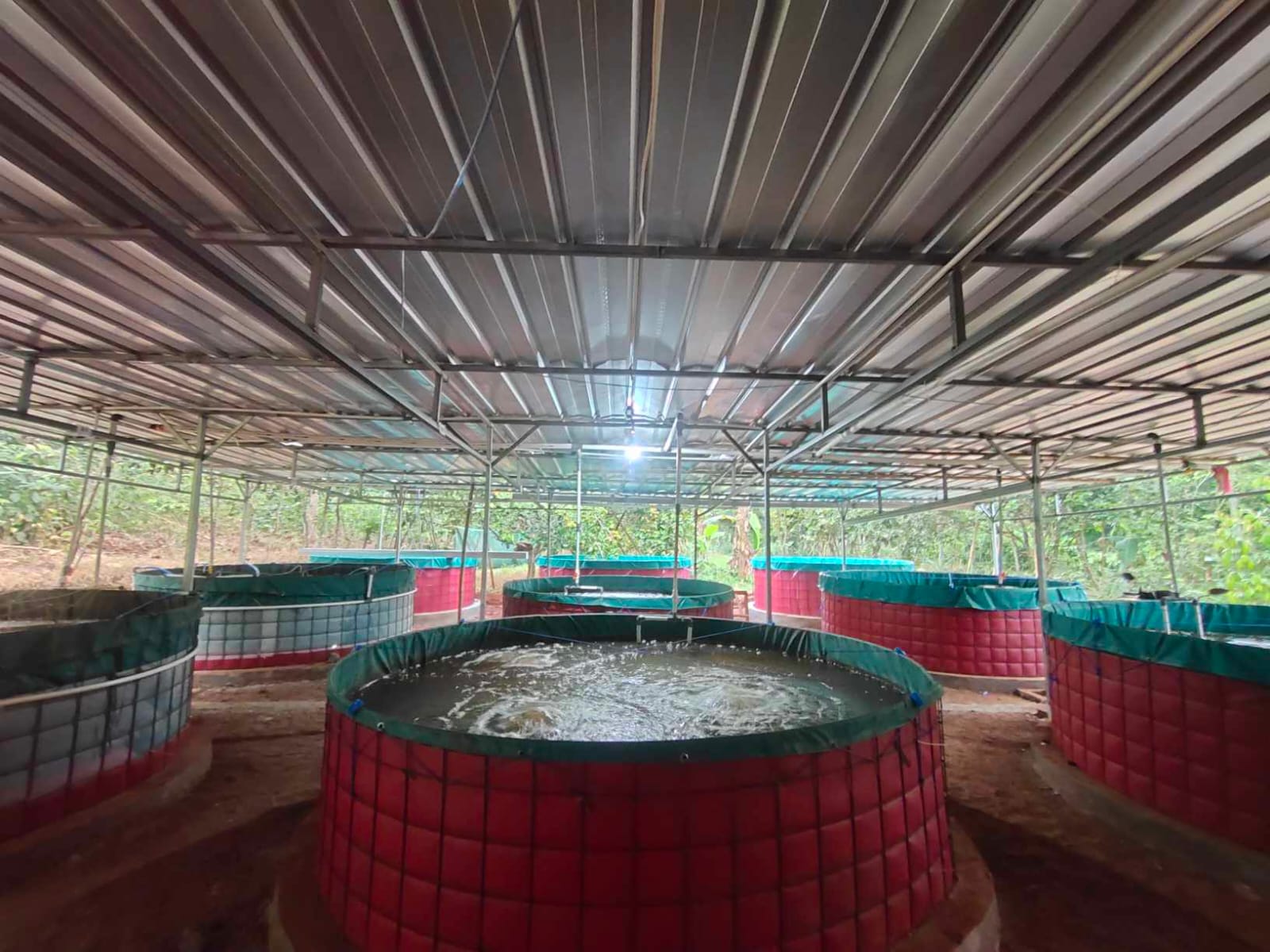In the sprawling archipelago of Indonesia, the humble tilapia, known locally as ikan nila (Oreochromis niloticus), is more than just a fish; it is a cornerstone of the national diet and a pillar of the economy. With national production reaching a staggering 1.38 million metric tons in 2024, Indonesia has cemented its position as one of the world's largest tilapia producers. This output is not merely a statistic but a direct response to a pressing national priority: a government-led push to raise the per capita fish consumption rate to 62.05 kilograms (approximately 137 pounds) annually. In this context, tilapia has emerged as a strategic asset, a critical source of affordable animal protein essential for improving national nutrition.
Yet, beneath the surface of this thriving industry lies a web of systemic challenges that constrain productivity and threaten the livelihoods of countless farmers. The most significant burden is the cost of feed, which accounts for 60% to 70% of total production expenses. This dependency tethers farmers to the volatility of global commodity markets, where a sudden price surge can erase already thin profit margins, pushing small and medium-sized operations to the brink of collapse.
Compounding this economic pressure is a persistent biological problem: a limited supply of high-quality, all-male fry. Conventional breeding yields a mix of males and females, which leads to uncontrolled "wild spawning" in grow-out ponds. This creates a cascade of problems, including intense competition for feed, uneven growth, and a high proportion of stunted, unmarketable fish. Furthermore, the industry is perpetually under threat from disease. Pathogens like Streptococcus agalactiae can sweep through farms, causing catastrophic mortality rates of 40% to 75% and wiping out a farmer's investment in a matter of weeks.
To break this cycle of high costs, unpredictable yields, and devastating risks, a technological leap was needed. That leap has arrived in the form of "YY tilapia," a genetic innovation pioneered in Indonesia by PT Indo Aqua Sukses (IAS). This technology offers a sustainable solution to the industry’s most intractable problems, enabling farmers to cultivate populations of over 98% male fish that grow faster, are more uniform, convert feed more efficiently, and possess a natural robustness, all without the use of hormones. It represents not just an improvement, but a potential paradigm shift—a genetic key poised to unlock the full, unrealized potential of Indonesia's tilapia sector.
The genetic key to a more productive tilapia
At the heart of this innovation is a deep understanding of tilapia genetics, harnessed through a sophisticated breeding program to achieve a commercially ideal outcome. The technology moves aquaculture beyond traditional methods, offering a solution that is both more effective and fundamentally safer than its predecessors.
a. Decoding the 'Supermale'; the science of all-male tilapia
The sex determination mechanism in tilapia mirrors that of mammals, governed by a heterogametic system where individuals with XX chromosomes develop into females and those with XY chromosomes become males. In nature, a cross between an XX female and an XY male produces offspring in a roughly 50:50 sex ratio. From a commercial aquaculture perspective, this is highly inefficient. Female tilapia grow significantly slower than males—at nearly half the rate—because once they reach sexual maturity, a substantial portion of their metabolic energy is diverted from growth to reproduction, specifically for the development of ovaries and the production of eggs. Males, unburdened by this reproductive energy tax, continue to channel nutrients into building biomass, reaching a much larger and more profitable harvest size.
To overcome this, scientists developed the "supermale" or YY tilapia technology. It is crucial to note that this is not a product of transgenic genetic modification (GMO). Instead, it is the result of a multi-generational selective breeding program that cleverly leverages the natural sexual plasticity of fish during their early larval stage.
The process begins with the feminization of genetic males (XY). At a specific point in their larval development, these XY fish are treated with estrogen, which prompts their gonads to develop into functional ovaries. Genetically, they remain male, but phenotypically, they are now "pseudo-females." These XY pseudo-females are then crossed with normal XY males. According to the principles of Mendelian genetics, this pairing produces offspring with three distinct genotypes: 25% are standard XX females, 50% are standard XY males, and the final 25% are the target—males with a YY genotype.
These YY individuals, the "supermales," are then identified and isolated, a process confirmed through progeny testing or the use of genetic markers. The final step is the commercial one: these validated YY supermales are crossed with normal XX females. The genetic outcome of this pairing is inevitable and elegant: 100% of the offspring will have an XY genotype. These are marketed as Natural Male Tilapia (NMT). In practice, PT Indo Aqua Sukses consistently achieves a success rate of at least 98% male fry.
This technology also comes with a built-in ecological safeguard. Should any of these commercially produced XY males escape into the wild and breed with native XX females, their offspring would simply revert to the natural 50:50 sex ratio. This natural safety mechanism ensures that the technology poses no threat to the genetic biodiversity of wild tilapia populations, making it an environmentally responsible innovation.
YY tilapia fish seeds : Banglele Indonesia
b. A paradigm shift; genetic selection versus hormonal intervention
For decades, the standard industry method for producing all-male tilapia populations has been hormonal sex reversal. This process involves mixing the androgen hormone 17-alpha methyltestosterone (MT) into the feed for larvae during the first two to three weeks of their lives. The treatment effectively forces genetic females (XX) to develop as phenotypic males. While functional, this chemical-based approach has fundamental limitations when compared to the genetics-based YY technology.
The YY method provides a consistent and reliable outcome, producing a population of over 98% true genetic males (XY). Hormonal reversal, by contrast, has variable success rates and carries the risk of leaving residual females in the population, which can still trigger unwanted spawning. The biological and environmental distinctions are even more stark. YY technology is entirely hormone-free, allowing the fish's immune system to develop naturally and completely. Conversely, the use of MT is known to suppress the immune system during a critical early life stage, rendering the fry more susceptible to stress and disease.
From an environmental standpoint, the YY method is inherently clean, leaving no residues. Hormonal treatment, however, creates the potential for environmental contamination through farm effluent and hormone residues in the water system. This difference has significant market implications. YY tilapia is universally accepted and meets the stringent food safety regulations of high-value markets like the European Union and the United States. Products derived from hormone-treated fish often face import restrictions and are met with consumer apprehension over food safety. The transition from hormonal reversal to YY technology is therefore not merely an incremental upgrade; it represents a paradigm shift from a chemical intervention to a superior genetic solution that is healthier for the fish, safer for the environment, and more valuable in the global marketplace.
The architect of innovation; profiling PT Indo Aqua Sukses
The company spearheading this transformation in Indonesia is PT Indo Aqua Sukses (IAS), which has positioned itself as the nation's pioneer and sole commercial provider of hormone-free tilapia fry. The firm's foundation is a strategic joint venture, combining the global business development expertise of Larive International with the vast industry network and resources of De Heus Indonesia, a subsidiary of the world-renowned animal feed producer, Royal De Heus Group. This synergy creates a powerful combination of project management, advanced aquaculture technology, and market access.
IAS markets its superior product under the brand name "IAS Belanda," a name that translates to "IAS Netherlands." This branding is a deliberate signal of quality, directly referencing the Dutch origins of the technology and the premium genetic stock that forms the basis of its operations. The company’s main hatchery, located in Majalengka, West Java, is a state-of-the-art facility designed to international standards, with an annual production capacity of 30 million fry. It employs modern technologies like the Recirculating Aquaculture System (RAS), which enables precise control over the aquatic environment, strict biosecurity protocols, and remarkable water use efficiency.
The company's competitive edge is rooted in a carefully executed technology transfer. The core technology and the YY tilapia genetic stock were acquired through a partnership with Til-Aqua, a Dutch firm globally recognized as a leader in supermale breeding. A pivotal and strategic decision in this partnership was IAS’s acquisition of not just Parent Stock (PS), but the Grandparent Stock (GPS). This gives IAS the ability to produce its own elite parent stock domestically, a masterstroke that breaks the industry's dependence on costly and logistically challenging imports. This move establishes a foundation for national self-sufficiency in superior tilapia genetics, insulating the domestic supply chain from global disruptions.
The partnership with De Heus provides powerful vertical integration. Beyond its role as an investor, De Heus offers an extensive distribution network, opening a direct channel to tilapia farmers across the archipelago. The collaboration extends into the technical realm with the development of a specialized feed formulated specifically for the genetic potential of "IAS Belanda" fry. This feed is notably free of soybean meal, as the phytoestrogens naturally present in soy can potentially interfere with the sex expression of the larvae and compromise the all-male ratio. This creates a closed-loop ecosystem where premium genetics are paired with optimized nutrition to deliver maximum performance. While IAS's primary mission is to supply high-quality, hormone-free fry to boost farmer productivity and profitability, its vision extends further. The company is committed to being a growth partner, providing farmers with technical assistance, ongoing training, and knowledge transfer on best practices in biosecurity, feed efficiency, and water quality management.
YY tilapia facility at PT Indo Aqua Sukses : Banglele Indonesia
From hatchery to harvest; the on-farm advantages
For the Indonesian fish farmer, the adoption of YY tilapia technology translates into a suite of tangible, on-the-ground benefits that directly address their most pressing challenges. These advantages provide a compelling economic and operational justification for shifting away from conventional methods.
The most fundamental benefit is faster and more uniform growth. With all metabolic energy directed toward building muscle rather than reproduction, male tilapia can grow 40% to 50% larger than females over the same cultivation period. This is not just a theoretical advantage. Empirical evidence from the GESIT (Genetically Supermale Indonesian Tilapia) program showed that farmers using the technology saw their fry reach a size of 6–8 centimeters (2.4–3.1 inches) 15 days faster than conventional fry. Some participants reported that their final harvests were double what they achieved with mixed-sex populations.
IAS further enhances this by implementing a disciplined grading practice, sorting and removing the smallest 15% to 25% of fry before they are sold. This ensures that farmers receive a highly uniform batch, which simplifies farm management significantly. Feeding becomes more efficient, as all fish require the same size of feed pellets, and harvests become more predictable and can be conducted all at once.
Crucially, the guarantee of a population that is over 98% male eliminates the chronic problem of wild spawning in grow-out ponds. This prevents a population explosion of unwanted offspring that compete with the main crop for feed and oxygen, a primary cause of stunting. Farmers can therefore implement higher and more stable stocking densities without fear of reproductive interference, maximizing the productivity of their ponds. This focus on growth also leads to a more efficient use of feed, reflected in an improved Feed Conversion Ratio (FCR). With less energy wasted, more of the feed is converted into harvestable weight, directly lowering the farmer's single largest operational cost.
A final, differentiating advantage lies in the inherent robustness and higher survival rate of the fry. Because "IAS Belanda" fry are produced without hormones, their immune systems are not suppressed at a critical early stage. This makes them naturally more resilient to environmental stressors and pathogens like Streptococcus agalactiae, a leading cause of mass mortality events in tilapia farming. For the farmer, this translates into a lower risk of catastrophic crop failure and a higher overall survival rate from stocking to harvest.
YY tilapia with efficient FCR : Banglele Indonesia
A strategic contribution to Indonesia's future
The adoption of YY tilapia technology by PT Indo Aqua Sukses carries implications that extend far beyond the individual farm, contributing to Indonesia's broader strategic goals of food security, technological independence, and global economic competitiveness.
The acquisition of Grandparent Stock (GPS) from Til-Aqua is a landmark achievement. It empowers Indonesia to produce its own elite parent stock, breaking free from a reliance on imports that drains foreign exchange and exposes the industry to global supply chain shocks and cross-border biosecurity risks. This move toward "national sovereignty in fish seed" is a vital step in building a more resilient domestic food system. This private-sector initiative complements the work of government bodies like the Research Institute for Fish Breeding (BRPI), creating a powerful public-private synergy focused on developing and disseminating superior genetics.
At the national level, the resulting gains in productivity and efficiency directly bolster food security. A more robust supply of affordable, high-quality tilapia supports the government's program to increase the national Fish Consumption Rate (AKI), a key strategy in the fight against malnutrition and stunting.
Furthermore, the "hormone-free" status of "IAS Belanda" tilapia provides a significant competitive advantage in the international arena. This attribute is a passport to high-value export markets in the United States, Canada, and the European Union, which enforce strict standards on food safety and residues. It allows Indonesian producers to overcome the non-tariff trade barriers that often exclude products from developing nations. This positions Indonesia not just to compete, but to lead.
The potential is immense. In 2024, Indonesia's seafood exports reached a value of USD 5.9 billion. While tilapia is not yet a leading export commodity like shrimp or tuna, its trajectory is positive, with exports growing by 7% between 2019 and 2024. Armed with the competitive advantages offered by YY technology—superior growth, higher efficiency, and a globally accepted hormone-free status—Indonesia is now perfectly positioned to dramatically expand its share of the global tilapia market, transforming a domestic dietary staple into a major export success story.




